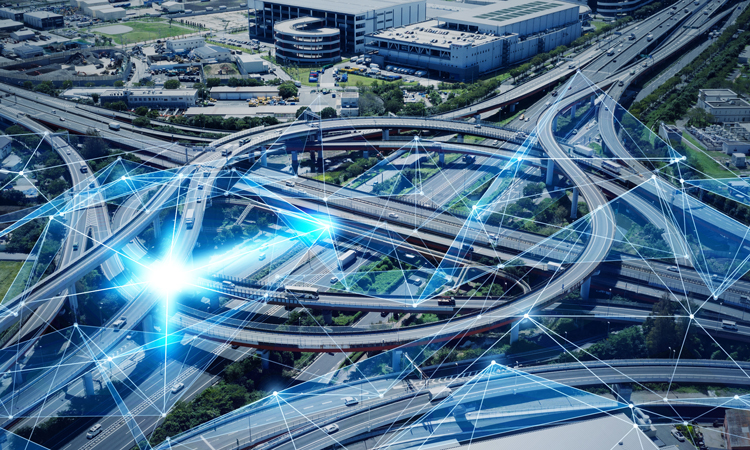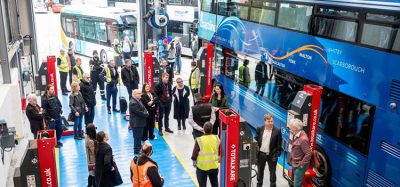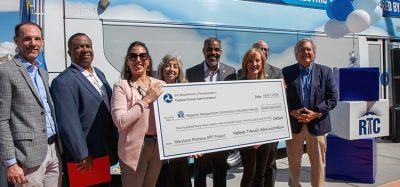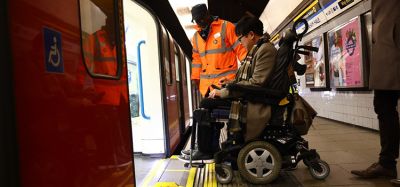From 2022, new Ford vehicles in the U.S. will ‘talk’ to road infrastructure
- Like
- Digg
- Del
- Tumblr
- VKontakte
- Buffer
- Love This
- Odnoklassniki
- Meneame
- Blogger
- Amazon
- Yahoo Mail
- Gmail
- AOL
- Newsvine
- HackerNews
- Evernote
- MySpace
- Mail.ru
- Viadeo
- Line
- Comments
- Yummly
- SMS
- Viber
- Telegram
- Subscribe
- Skype
- Facebook Messenger
- Kakao
- LiveJournal
- Yammer
- Edgar
- Fintel
- Mix
- Instapaper
- Copy Link
Posted: 16 January 2019 | Intelligent Transport | No comments yet
Cellular vehicle-to-everything technology is soon to be integrated into vehicles; letting drivers know what’s ahead of them even before they encounter it.


Ford has announced a commitment to deploy cellular vehicle-to-everything technology (C-V2X) in all new vehicle models in the U.S. beginning in 2022.
C-V2X is a wireless communication technology that can ‘talk’ to and ‘listen’ for similarly equipped vehicles, people and traffic management infrastructure to relay important information and help make city mobility safer and less congested.
Communicating with infrastructure means cities have even easier ways of making sure drivers get the information they need to move more freely and safely. With C-V2X, a traffic light can send signals alerting drivers when it will turn green or red, or whether a driver is at risk of running a red light.
Planned alongside the 5G cellular network, C-V2X enables direct communication between the connected devices, meaning a signal doesn’t need to first travel to a cellular tower, allowing vehicles to quickly send and receive information.
The decision to deploy this technology builds on Ford’s previous commitment to equip every model released in the U.S. with conventional cellular connectivity by the end of 2019.
In a blog post, Don Butler, Executive Director, Ford Connected Vehicle Platform and Product, said: “Driver-assist technologies today and autonomous vehicles of the future utilise on-board sensors much in the way people use their eyes to navigate complex environments. C-V2X could complement these systems in ways similar to how our sense of hearing complements our vision to improve our ability to operate in a complex world.”
C-V2X will enable vehicles to receive updates about potential traffic developments and risks that are beyond the range of sensors, provide warnings, or could even activate Ford Co-Pilot360’s automatic emergency braking system to brake for drivers if they do not respond.
Butler continued: “A conducive regulatory environment must be in place for C-V2X to be deployed, which is why we are working just as much with industry and government organisations to create such a technology-neutral environment. This technology will only live up to its full potential if many vehicles on the road as well as roadside infrastructure take advantage of it. That’s why we are inviting other automakers, infrastructure and road operators, as well as government agencies to work with us to accelerate momentum for C-V2X.
“Billions of dollars already are being spent as the cellular industry builds 5G networks, so we think the timing is perfect to give our vehicles some of the natural skills we use every day to get around.”
Eventually, Ford envisions C-V2X to be an aid for its self-driving cars.
Related cities
United States of America
Related organisations
Ford Motor Company
Related people
Don Butler








